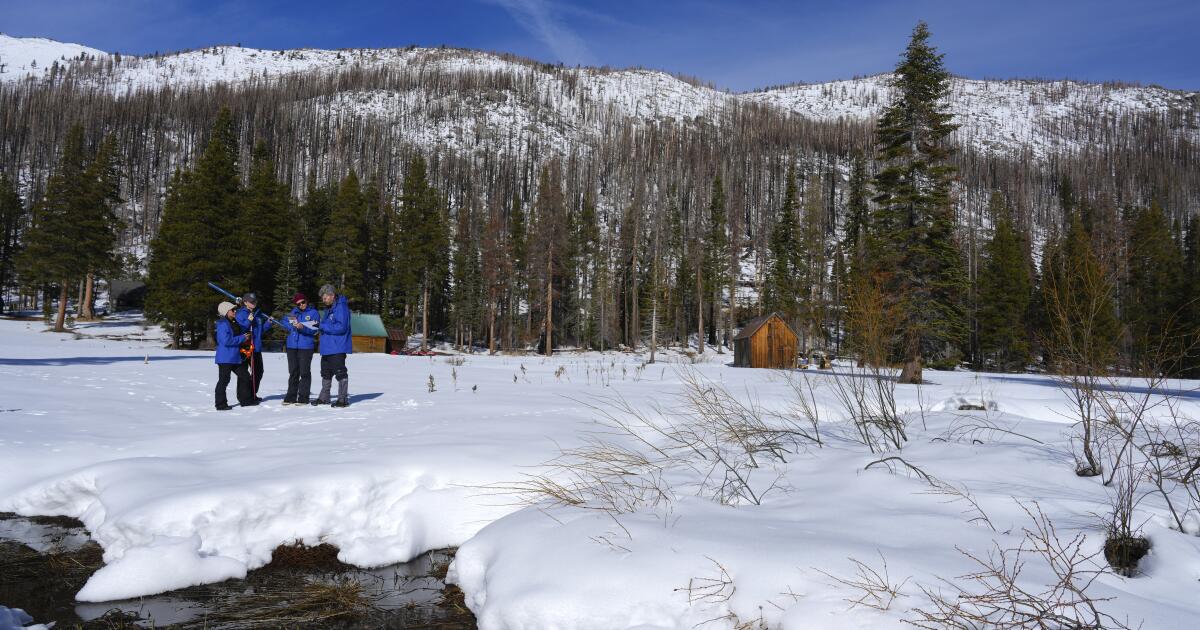
Gardeners who have tree stumps rotting in their garden have been issued an urgent warning: don’t touch it. At this time of year especially, gardens begin to fill with mess. Dead leaves pile up, old flowers rot to brown stalks and tree branches snap and turn to mulch.
It’s tempting, then, to hurry out into the garden on a quiet afternoon and sweep up all the old rubbish, leaves, dead plants and branches away and try to make your outdoor space as neat and tidy as possible. But gardeners are being warned that anyone who has a tree stump in their garden should not touch it and not get rid of it - because it’s actually good for your garden. Isabel Losada, writing in The Joyful Environmentalist, said: “Don’t tidy up your garden.

If something dies - anything - leave it alone. “Insects are there to help decompose whatever they find and that process nourishes both them and the earth. “If you are pruning your trees, leave the tree logs on the ground.
We have so little rotting tree debris in our garden, I’m seriously considering scavenging some next time I’m in the woods. This would probably be illegal and might well kill whatever was living on the rotting tree stump, though. “Better to have decomposing wood in a garden.
If you have a dying tree, let it die. Don’t tidy it up. “If you have fruit trees, leave the fallen apples, pears or plums on the ground and in late summer butterflies such as red admiral and painted lady will feed on the juice.
“Basically, anything rotting is good news.” And the Royal Horticultural Society adds that there are ways to make a tree stump look more attractive if you do decide to keep it. They said: “In most cases, it is not necessary to remove a dead tree, and standing dead wood is incredibly valuable to wildlife.
“Before deciding to leave a dead tree in situ, it is advisable to have it assessed for stability and safety by a tree consultant. It may be necessary to thin or lower the canopy or remove splayed or leaning branches to reduce the risk of them falling during high winds. “When shortening or removing limbs, aim to leave a jagged cut as this better allows water and organic matter to collect, hastening decomposition and attracting wildlife.
Periodically re-assess the tree to ensure it remains safe. “If you dislike the look of dead trees but would still like to encourage wildlife, consider hiring a ‘chainsaw artist’ to turn the stump into a sculpture. Alternatively, plant a vigorous climber, like a rose or clematis, to climb up the tree and smother it in flowers.
”.















